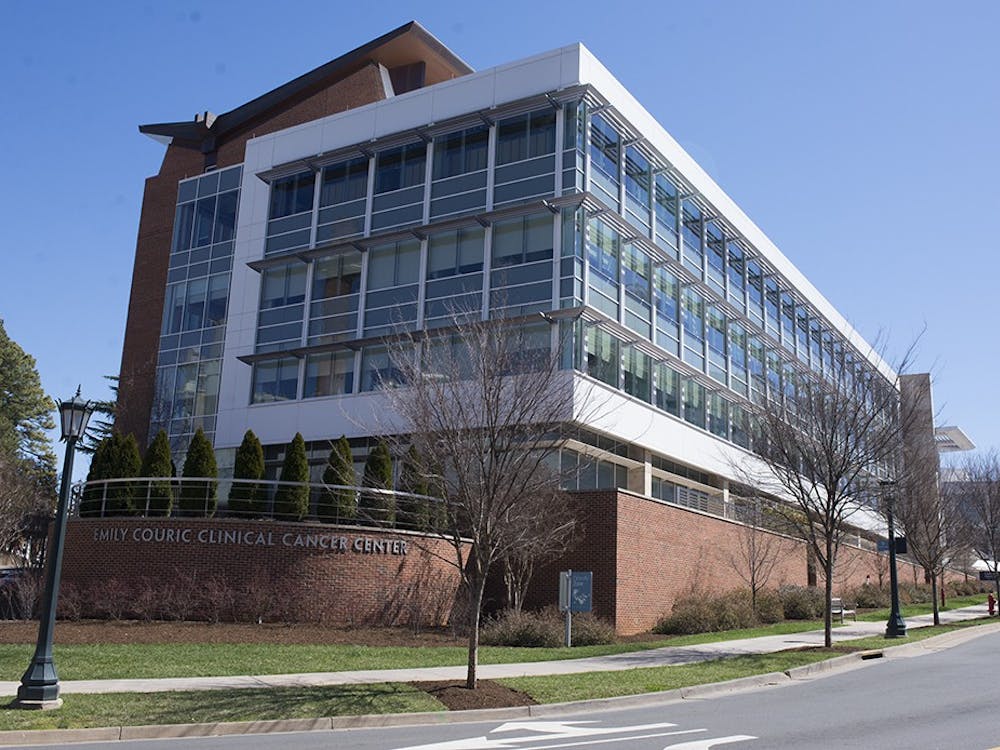"One less." This slogan is used to market the popular quadrivalent human papillomavirus vaccine, Gardasil, to girls and women aged 9 to 26. In commercials, women boldly proclaim that they will be "one less" victim of cervical cancer, a condition that affects nearly 12,000 American women annually.
Fortunately for many women, Gardasil gives substantiates these hopes by providing protection from two types of HPV thought to cause nearly 75 percent of cervical cancer cases in the United States. Gardasil also offers the added benefit of vaccinating against two other types of HPV responsible for as many as 90 percent of genital warts cases. But what about HPV in men?
HPV remains the most common sexually transmitted infection in the country. The Center for Disease Control estimates that 50 percent of sexually active people will have an HPV infection sometime during their lives. Although men and women are equally infected with HPV, men are often asymptomatic, spared from the worst consequences of cervical cancer. That said, men can develop genital warts as a result of such an infection. In fact, two out of every 1,000 men are diagnosed with genital warts each year.
After a randomized trial of more than 4,000 males showed that Gardasil was equally effective in preventing genital warts in males, the Food and Drug Administration expanded the release of Gardasil for boys and men aged 9 to 26.
As with any vaccine, the new use of Gardasil for men is not without controversy. Following FDA licensure of Gardasil for males, the Advisory Committee on Immunization Practices addressed the cost-effectiveness of expanding HPV vaccination in men. Based on meta-analysis of prior cost-effectiveness studies of the HPV vaccination, researchers at Laval University and Imperial College London found that including men in vaccine programs with high levels of coverage for women was not cost-effective. This conclusion was based on the concept of herd immunity, whereby men benefit from the widespread HPV vaccination in women without receiving the immunization themselves. Nevertheless, when vaccine coverage rates in women fell below 80 percent, the cost-effectiveness of adding men proved ambiguous.
There are limits to this analysis. HPV vaccination rates in women have not reached 80 percent, which undermines a herd immunity argument for men.
Thus, sexually active men (and women) remain at risk of HPV infection leading to genital warts. Recent studies have also implicated HPV in rare forms of penile, anal and even oral cancers in men. These risks, albeit rare, were not considered in the cost-effectiveness studies that focused on cervical cancer. Unfortunately, these rare HPV-related illnesses are markedly increased in immuno-compromised patients and men who have sex with men.
The HPV vaccine consists of a series of three injections during the course of six months. It is currently available at Student Health and costs $159 for each vaccination. The Aetna Student Health insurance plan covers the cost of the injection series, but other insurance plans may not cover the cost of Gardasil for men because it is a new indication for the vaccine. The future of the vaccine's benefits is still unclear, and only time will reveal the effects of extending the vaccine to the male population.
Andrew is a University Medical student.






